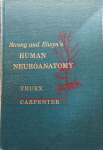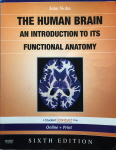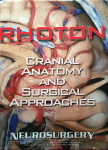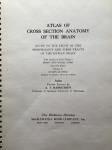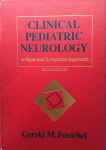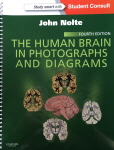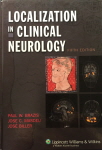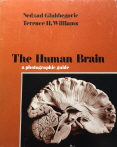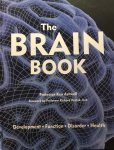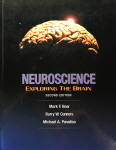|
These are just SOME of the sources used for this section. They are the main ones. Other sources are way more technical. (Neuropathology texts, Barkovich & Raybaud Pediatric
Neuroimaging,... a bit heavy for the newbies.) Click on a book to see specific commentary.
Here's the problem. There are so many things to know that there is no way to do a decent movie. We don't live enough years to sit through it. And maybe you only want a bit that is
buried in hour # 400?
So use a book. Let the brain interactive models help you visualize the spatial aspects of the part you want to review.
I originally succeeded in getting the industry standard anatomy model (Zygote) tamed in such a way that you could peruse it other than in total layers. There was very little depth
in the original models. More suited to TV pizazz & special effects, there was next to no internal workings. So I built the real stuff, tons of it, into their framework.
They objected to it. Ouch. So I went back to scratch.
Now to get the interactive model to users who do not have graphic engine oriented computers and can't drop 2 to 3 thousand dollars for a good spatial viewing program, we had to
shrink the neuro model data and make it HTML5 and Adobe Reader friendly. So 3D movie data=> architect form.
Done. These files created in LightWave were also converted to Carrara format ( a DAZ product) so they CAN be viewed in the higher development resolution
in DAZ (Digital Art Zone) software which they distribute for FREE (www.DAZ3D.com). The model Victoria(4) whose head we are peering into and the loft we visit
with her are DAZ products copyrighted by them. Zygote product is now limited to still images or video clips. Their direct models are not used in the interactive files presented on line.
|
